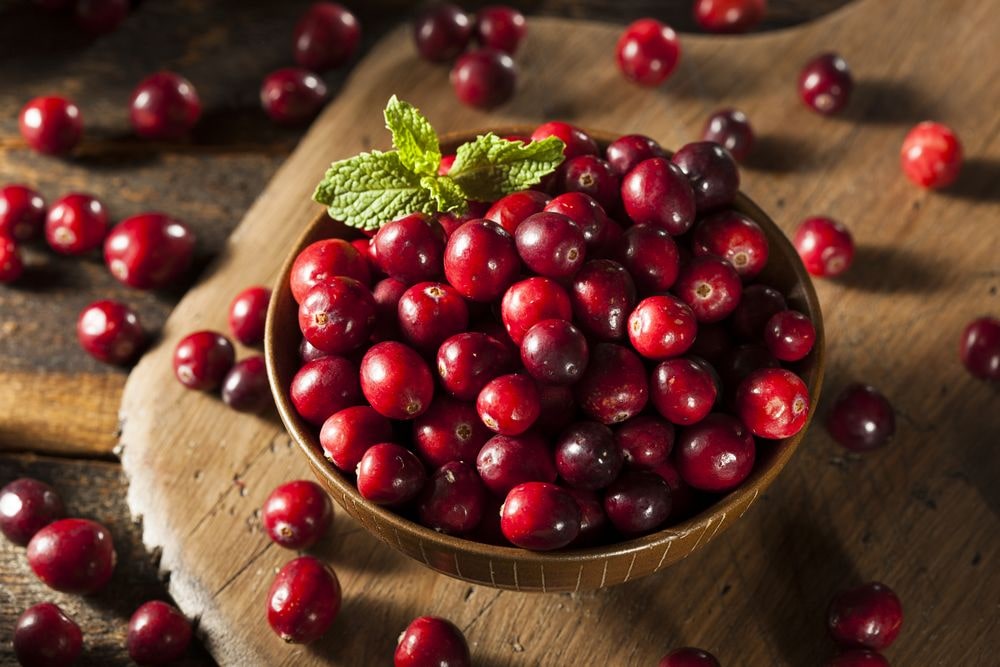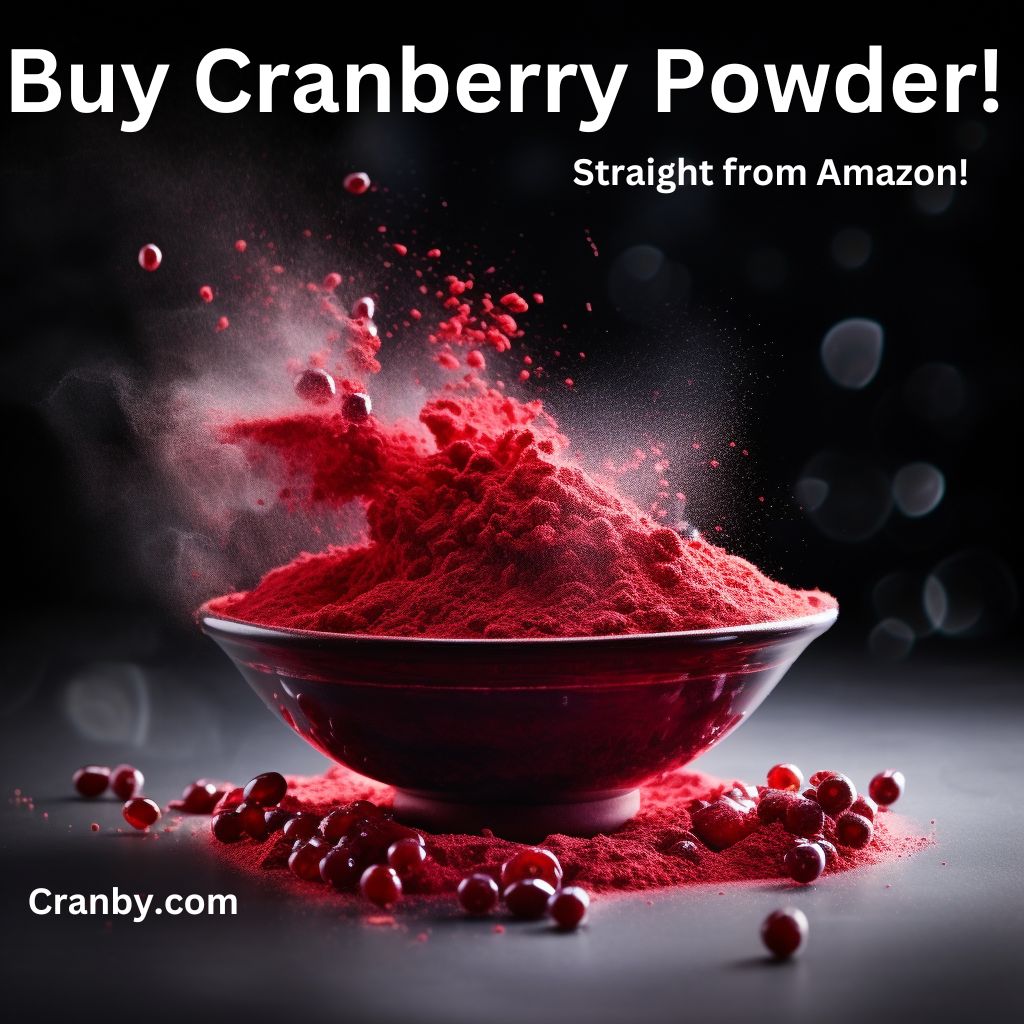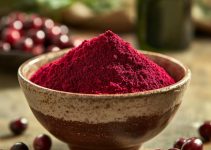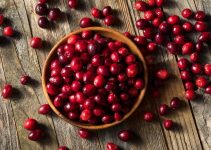
Low FODMAP Cranberries
…
Cranberries are okay.
Low FODMAP
The advice to eat more fruits and vegetables is always sound. An easy and enjoyable way to do this is by adding more berries into your diet. Tossing some cranberries on your breakfast cereal, in your smoothie or with some granola is a good way to both enjoy your food more, and better your nutrition.
Berries tend to be one of the types of fruits that are low FODMAP. Although, not all berries fall into the low FODMAP friendly category so you still have to choose your foods carefully and wisely.
Cranberries are low in FODMAP. They do contain some sugars which are FODMAPs but not in any significant quantity. So, as long as you don’t eat large bags full of cranberries then you can easily add in these tasty berries into your diet.
Recommended Portion
The recommended portion for cranberries on a low fodmap diet varies depending on which authoritative source you seek out.
Generally speaking it varies from 1 tablespoon (13g) to 1 cup of chopped berries.
I know that’s a big range in terms of quantity, but seeing as cranberries are a low fodmap food I’d suggest starting out on the smaller end and waiting 24 hours to see if it had any effect on you.
…

Cranberries
Fodmap Tips
The key take away when trying out a low fodmap diet is not to avoid all high fodmap foods, but to identify which ones trigger your gut symptoms. Not everyone reacts to the same fodmaps in the same ways.
The way it’s usually gone about is to start off by trying to figure out which high fodmap foods are triggering, by first removing all high fodmap foods for two weeks. After that period of time with no fodmaps in your system you would then test 1 high fodmap food at a time.
It’s recommended that you keep a journal to write down any reactions you get or even non-reactions.
Pay attention to any digestive symptoms such as bloating, gas, abdominal pain, or diarrhea. Test 1 high fodmap food every three days taking note of symptoms in your journal.
The primary fodmaps in fruit are fructans, monosaccharides, and polyols. The fruit sugar fructose is a monosaccharide. Polyols are sugar alcohols such as sorbitol, mannitol, maltitol, xylitol, polydextrose, and isomalt – in other words sweeteners that we usually find in many foods with the worst being chocolate and gummy bears.
The main monosaccharide that we are concerned with when it comes to fruit, that can also act as a fodmap, is fructose. Fructose is a simple sugar found in every fruit. It’s only a problem if you have too much of it, for example eating an entire bag of cherries, where you would get IBS or gut symptoms.
Fructose being absorbed into the body is what we want. When fructose stays in the bowel that’s where we tend to have problems. Fructose tends to be absorbed a lot easier into the body when there are other sugars present with it such as glucose.
Cranberries fortunately, contain fructose, glucose and sucrose and so the fructose has a much better chance of leaving the large intestine and being absorbed into the bloodstream, therefore leaving YOUR large intestine alone.
Hope this helps.
– Cranby


